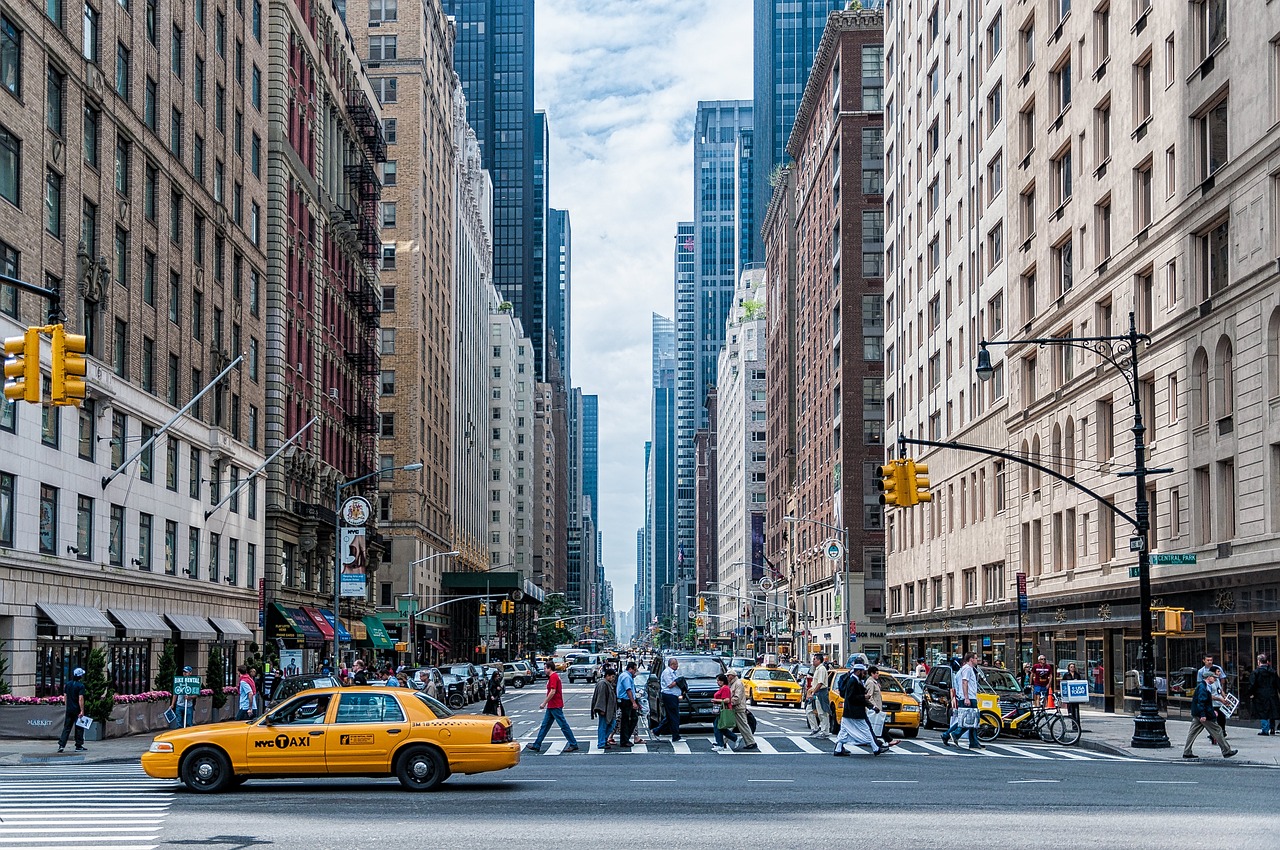AP Human Geography 🚜
320 resourcesSee Units
Multiple Choice Practice for Cities and Urban Land Use
Welcome to Unit 6 AP Human Geo Multiple Choice Questions! Grab some paper and a pencil 📄 to record your answers as you go. You can see how you did on the Unit 6 Practice Questions Answers and Review sheet once you're done. Don't worry, we have tons of resources available if you get stumped 😕 on a question. And if solo study is not your thing, join a group in Hours!
Not ready to take a quiz yet? Take a look at the Intro to Unit 6.

Image courtesy of Pixabay
Facts about the test: The AP Human Geography exam has 60 multiple choice questions and you will be given 1 hour to complete the section. That means it should take you around 1 minute per question.
*The following questions were not written by College Board and, although they cover information outlined in the AP Human Geography Course and Exam Description, the formatting on the exam may be different.
1. Which of the following area classification houses the smallest population?
A. Hamlet
B. City
C. Town
D. Village
2. When looking at models like the Central Place theory, does range or threshold cover a smaller area?
A. Threshold
B. Range
C. Depends on the market
D. They are the same size
3. Which of the following models, besides Latin America/Griffen-Ford, has a high class residential ray/spine from the CBD?
A. De Bilj's Sub Saharan Africa Model
B. Harris & Ulman's Multiple Nuclei Model
C. Burgess' Concentric Zone Model
D. Hoyt's Sector Model
4. Which of the following are located in the CBD?
A. Public Services
B. Business Services
C. Consumer Services
D. All of the above
5. In North America, which zone are skyscrapers usually located inside of?
A. Zone in Situ
B. Residential Suburbs
C. CBD
D. Squatter Settlements
6. Which vocab term could be defined as 'A zone with high population density at the core which decreases as you go farther from the hearth'?
A. None of the Above
B. Conurban Area
C. Megalopolis
D. Metropolitan Statistical Area
7. Which of the following is NOT a hearth of urbanization?
A. Peru/Incan
B. Mesopotamia
C. Greek/Roman Civilization
D. Indus River Valley
8. "Fiveablelandia has cities with populations shown below:
APHuG City = 320,000
Enviro Town = 210,000
Stats Village = 180,000
... [more cities rankings not listed]
Which of the following rules does Fiveablelandia follow?"
A. Rank-Size Rule
B. Primate City Rule
C. Forward Capital Rule
D. None of the Above
9. The Atlanta BeltLine features many running and walking paths as well as ones for bikes to allow people to safely and cleanly move around the city (without cars). This is an example of _____.
A. New Urbanist Society
B. A Green Belt
C. Urban Sprawl
D. Urban Revitalization
10. Which of the following shapes and why does the Central Place Theory use it?
A. Hexagons; To allow the different zones to connect/touch with geometric shapes
B. Circles; To more accurately model the area of land usage
C. Circles; Other urban models use circles for their zones (Concentric Model)
D. Hexagons; The shape represents clustered/uneven populations best
11. When a population map shows high concentration of clearly black and clearly white neighborhoods separated, but both in Central Cities, this best represents the impacts of a history of _____.
A. Blockbusting
B. Redlining
C. Urban Sprawl
D. White Flight
12. Which of the following is NOT a Global Giant/World City?
A. Tokyo
B. Berlin
C. London
D. Paris
13. In the DeBilj Model, which of the following correctly identifies the type(s) of CBDs?
A. Colonial, Traditional, Market
B. Market ONLY
C. Squatter, Market
D. Ethnic Neighborhoods, Market, Traditional
14. Which of the following regions has had the most explosive growth in the past few decades?
A. Rust Belt
B. Sun Belt
C. BosNyWash
D. Corn Belt
15. Which type of disamenity sector is most likely found in the area of and surrounding Rio de Janeiro ONLY?
A. Tenements
B. Brownfields
C. Favelas
D. Shanty-towns
- 🙌 Time to check your answers on Unit 6 Practice Questions Answers and Review.
- 🤝Connect with other students studying AP Human Geo with Hours.
Browse Study Guides By Unit
🗺Unit 1 – Thinking Geographically
👪Unit 2 – Population & Migration
🕌Unit 3 – Cultural Geography
🗳Unit 4 – Political Geography
👨🌾Unit 5 – Agriculture & Rural Land-Use
🌇Unit 6 – Cities & Urban Land-Use
💸Unit 7 – Industrial & Economic Development
✏️Frequently Asked Questions
🧐Multiple Choice Questions (MCQ)
✍️Free Response Questions (FRQ)
📆Big Reviews: Finals & Exam Prep

Fiveable
Resources
© 2023 Fiveable Inc. All rights reserved.